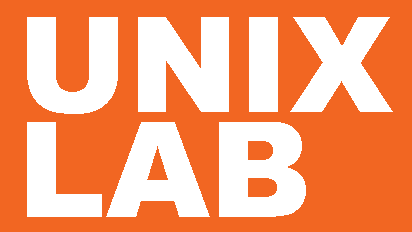Introduction to Aspen Adsorption
Course ID : EAP288
Duration In-class (в days) : 2 days
Duration Online : 2 days
Сurriculum : in-class, Virtual Instructor-Led Training - ONLINE
Delivery
:
26.08.2025 - 27.08.2025
Price : $1 290
Overview
Acquire the skills to set up and solve the dynamic simulation problems in adsorption. Gain first-hand experience in working within the Aspen Adsorption simulation environment. Apply Aspen Adsorption to build and execute simulations rapidly.
Audience for this course
Scientists and engineers involved in the design, operation, optimization, and analysis of industrial gas adsorption processes such as pressure swing adsorption, temperature swing adsorption and vacuum swing adsorption.
Prerequisites for this course
Understanding of industrial adsorption processes an advantages.
Outcomes
- Gain first-hand experience and confidence in working within the Aspen Adsorption simulation environment
- Apply Aspen Adsorption to build and execute simulations rapidly
- Enhance the customer’s ability to succeed in their application of Aspen Adsorption, and thus reap the technical and business benefits as soon as possible
Outline
Graphical User Interface Basics and Physical Properties
- Learn to access and navigate the Aspen Adsorption graphical user interface
- Explain the methods for supplying physical property data
- Build flowsheets to simulate typical adsorption processes
- Create plots and tables to analyze simulation results
- Complete the workshop to gain familiarity with the process of building a simple flowsheet
- Workshop: Building a Flowsheet
Introduction to the Heritage Gas Model Library
- Identify and explain the heritage gas phase models available in Aspen Adsorption
- Discuss and review the reversible flow convention used
- Discuss and review the recommended strategy to adopt when constructing new simulations
The Simple Flowsheet (Breakthrough Study)
- Discuss and review the simple flowsheet strategy in Aspen Adsorption
- Discuss and review the gas_bed, gas_feed and gas_product models
- Complete the workshop to do a simple Breakthrough Study in Aspen Adsorption
- Workshop: Building Simple Breakthrough Model
The Intermediate Flowsheet
- Discuss and review the intermediate flowsheet strategy in Aspen Adsorption
- Discuss and review the gas_tank_void and gas_valve models
- Complete the workshop to gain familiarity with building on the simple flowsheet to construct, run and review results of an intermediate flowsheet
- Workshop: Building Intermediate Flowsheet
The Full Cyclic Flowsheet
- Discuss and review the interacting single bed approach to simulating multiple bed processes
- Show how to define cyclic operation
- Complete the workshop to gain familiarity with creating and running a full cyclic flowsheet using the single bed approach
- Workshop: Fully Cyclic Flowsheet
Defining Custom Isotherms
- Discuss and review the use of custom isotherms
- Describe and review the modeling language for user equations
- Complete the workshop to gain familiarity with creating the extended Langmuir isotherm as a flowsheet constraint
- Workshop: Create the Extended Langmuir isotherm as a flowsheet constraint
Cyclic Steady State Models
- Discuss and review the cyclic steady state library models
- Discuss and review the construction of a flowsheet using cyclic steady state models
- Complete the workshop to gain familiarity with building a pressure swing adsorption flowsheet using the cyclic steady state models
- Workshop: Cyclic Steady State Model (2 Bed N2 PSA Process )
Parameter Estimation
- Discuss and review parameter estimation
- Estimate isotherm parameters using steady-state estimation
- Complete the workshop to gain familiarity with steady-state estimation of isotherm parameters from static measurements
- Estimate parameters using dynamic estimation
- Complete the workshop to gain familiarity with dynamic estimation of mass transfer coefficient from breakthrough measurements
- Workshop: Dynamic Estimation of MTC from Breakthrough Measurement
Diagnostic and Solution Methods
- Explain the equation solver group decomposition and variable equivalencing
- Explain non-linear system resolution
- Discuss and review best practices for user defined equations
Introduce troubleshooting techniques and diagnostic tools




